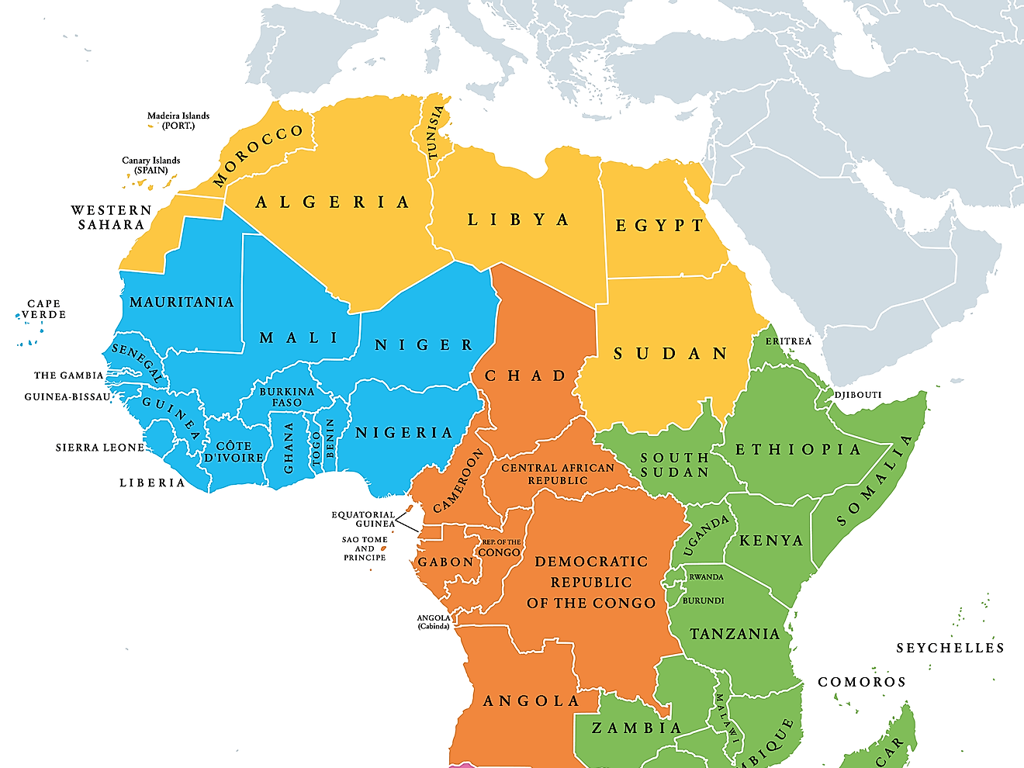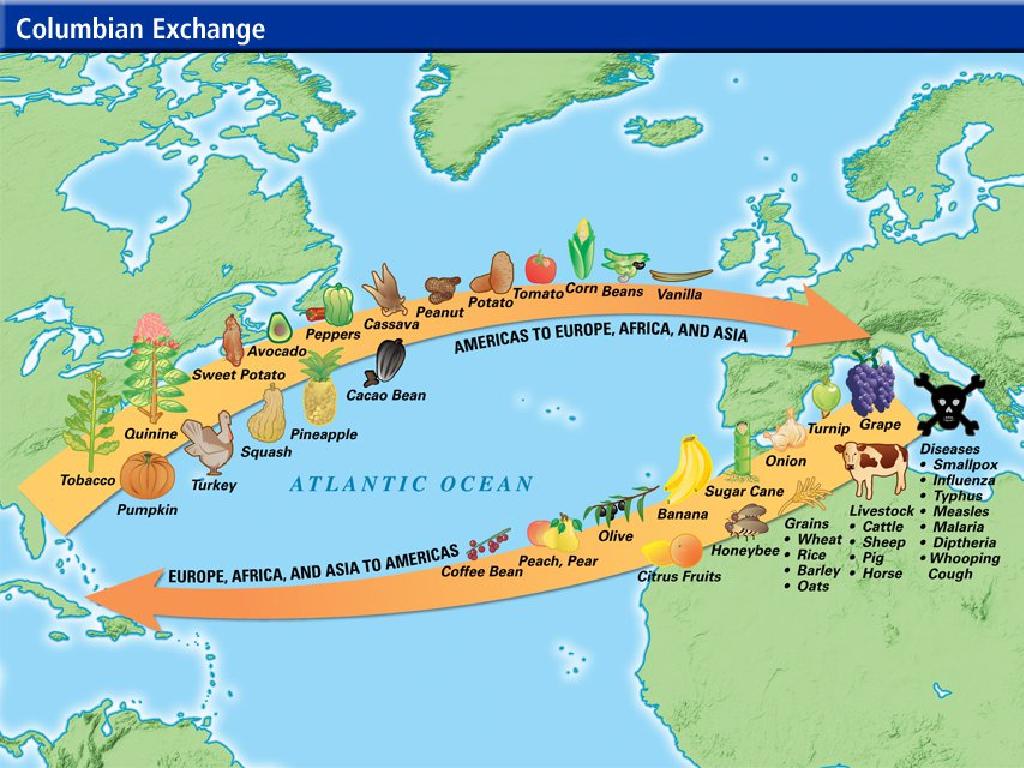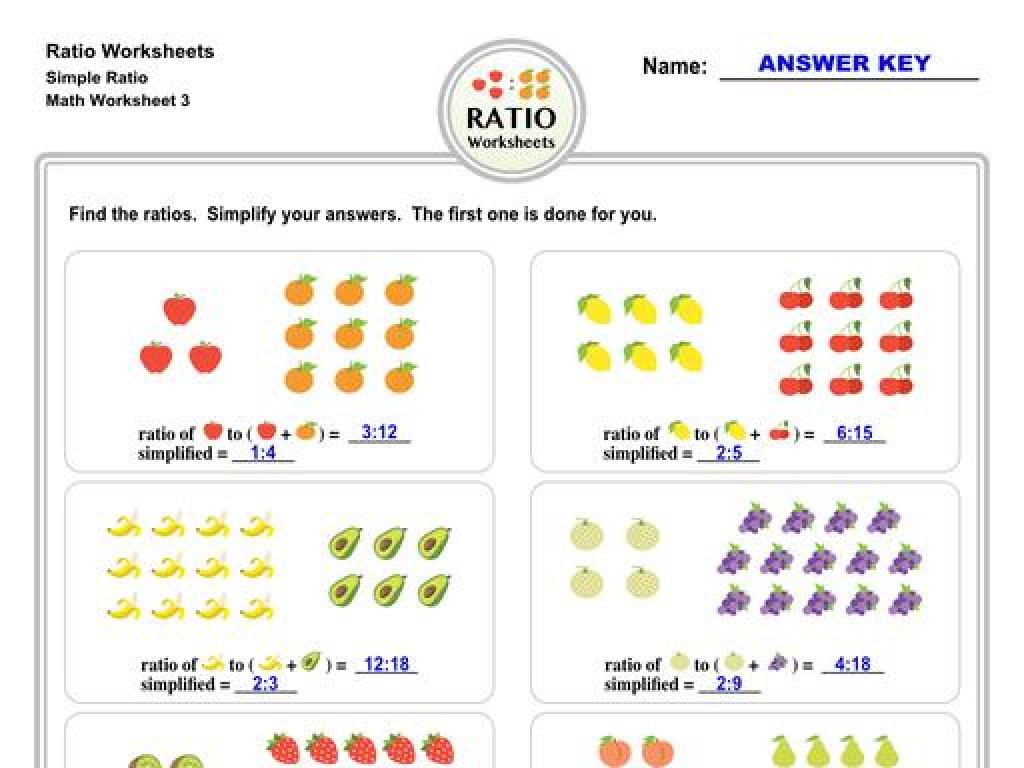Interpret Food Webs
Subject: Science
Grade: Fourth grade
Topic: Ecosystems
Please LOG IN to download the presentation. Access is available to registered users only.
View More Content
Exploring Ecosystems: The Web of Life
– What is an ecosystem?
– A community of living things interacting with their environment.
– Components of ecosystems
– Includes plants, animals, and microorganisms.
– Introduction to food webs
– Shows how energy flows from one organism to another.
– Importance of food webs
– Helps us understand how all living things are connected.
|
This slide introduces the concept of ecosystems to fourth-grade students, setting the stage for a deeper dive into food webs. Begin by explaining an ecosystem as a system where plants, animals, and microorganisms live together and interact with their physical surroundings. Emphasize the diversity of ecosystems, from rainforests to deserts. Introduce food webs as a way to visualize how energy is passed along through eating relationships within an ecosystem. Highlight the importance of each organism within a food web and how they contribute to the health and balance of their ecosystem. Encourage students to think about local ecosystems and the roles different species play. This will prepare them for understanding the complexity and interdependence of life within any given ecosystem.
Exploring Food Webs in Ecosystems
– What is a Food Web?
– A system of interlinked food chains in an ecosystem.
– Food Webs vs. Food Chains
– Unlike a food chain that is linear, a food web shows a complex network of connections.
– Roles in a Food Web: Producers, Consumers, Decomposers
– Producers make food, consumers eat it, and decomposers break down dead material.
– Examples in Nature
– Grass (Producer) Rabbit (Consumer) Fox (Consumer) Bacteria (Decomposer)
|
This slide introduces the concept of a food web, a more complex and realistic representation of how energy moves through an ecosystem compared to a simple food chain. Emphasize that in nature, animals may eat more than one kind of food, and plants may be eaten by different animals, creating a web of interactions. Provide clear examples of producers (like plants), consumers (animals that eat plants or other animals), and decomposers (organisms that break down dead material). Use a local ecosystem example to illustrate these roles, and encourage students to think of other examples they may have seen in nature or in their own backyards.
Producers: The Energy Starters
– What are producers in nature?
– Organisms that make their own food, like plants and algae.
– Sunlight’s role in energy
– Sunlight provides the energy that producers use.
– Photosynthesis process
– Plants convert sunlight into food through photosynthesis.
– Producers’ place in food webs
|
This slide introduces the concept of producers within ecosystems, focusing on their fundamental role as the base of food webs. Producers, such as plants and algae, are capable of making their own food through the process of photosynthesis, which requires sunlight. It’s essential to explain that all energy in an ecosystem originates from the sun and producers are the first to harness that energy, converting it into a form that other organisms can consume. Emphasize the importance of producers in providing energy for all other living beings in the food web. Use simple diagrams to illustrate photosynthesis and how energy flows from the sun to producers and then to other organisms.
Consumers: The Energy Users in Food Webs
– Types of consumers: Herbivores, Carnivores, Omnivores
– Herbivores eat plants, carnivores eat meat, omnivores eat both.
– Consumers’ reliance on producers
– Producers like plants are food for consumers, providing them energy.
– Role of predators in ecosystems
– Predators control the population of other species, maintaining balance.
– Balance in the food web
|
This slide introduces students to the concept of consumers within food webs, focusing on the different types and their roles. Herbivores consume plants, carnivores eat other animals, and omnivores can eat both. It’s crucial for students to understand that all consumers depend on producers, such as plants, for their energy. Predators are important as they help keep the ecosystem balanced by controlling the population of other species. Discuss the balance in the food web and how each type of consumer plays a part in maintaining the health of their ecosystem. Encourage students to think of examples of each type of consumer and how they might interact in a food web.
Decomposers: Nature’s Recyclers
– Who are decomposers?
– Organisms that break down dead material
– Breaking down waste
– They turn waste into soil nutrients
– Decomposers in nutrient cycling
– They recycle nutrients back into the soil
– Importance to ecosystems
|
Decomposers play a crucial role in the ecosystem by breaking down dead plants and animals into simpler substances. They are nature’s recyclers, converting waste into nutrients that enrich the soil, which in turn supports plant growth and starts the food chain all over again. Examples of decomposers include fungi, bacteria, and worms. Understanding the function of decomposers helps students appreciate the balance of natural ecosystems and the importance of every organism within it. Encourage students to think about how nothing in nature goes to waste and how decomposers help maintain the health of the environment.
Exploring a Food Web
– Life is interconnected
– Every organism depends on others for survival.
– Effects of removing a species
– Removing one can affect the whole system.
– Maintaining balance in the web
– Balance is key for a healthy ecosystem.
– Importance of each species
– Each species has a role to play.
|
This slide introduces the concept of a food web, emphasizing the interconnectedness of different species within an ecosystem. It’s crucial for students to understand that each organism, whether a producer, consumer, or decomposer, relies on others for food and energy. Discuss the potential ripple effects that can occur if one part of the web is removed, such as a species becoming extinct. Highlight the importance of balance in the food web, where each species plays a critical role in maintaining the overall health of the ecosystem. Use examples like bees in pollination or wolves in regulating prey populations to illustrate these points. Encourage students to think about how human activities can impact food webs and the importance of conservation efforts.
Human Impact on Food Webs
– Humans’ role in food webs
– Overfishing or pollution can disrupt food chains.
– Biodiversity’s significance
– A variety of species ensures a resilient ecosystem.
– Preserving ecosystems
– Protecting habitats maintains natural food webs.
– Our actions matter
|
This slide aims to educate fourth-grade students on the impact humans have on food webs within ecosystems. Discuss how human activities like overfishing, pollution, and habitat destruction can disrupt the delicate balance of food chains, leading to consequences for all organisms involved. Emphasize the importance of biodiversity, explaining that a wide range of species contributes to the health and stability of ecosystems. Highlight our responsibility in preserving these ecosystems by taking actions such as reducing waste, recycling, and supporting conservation efforts. Encourage students to think of ways they can help at home or in their community. This discussion will help foster a sense of stewardship for the environment among the students.
Class Activity: Craft Your Food Web
– Create a food web diagram
– Include 3 producers, like plants
Producers make their own food, e.g., grass, trees, flowers
– Add 4 consumers, like animals
Consumers eat other organisms, e.g., insects, birds, mammals
– Show 2 decomposers, like fungi
Decomposers break down dead material, e.g., worms, bacteria
|
This activity is designed to help students apply their understanding of food webs by creating one that includes producers, consumers, and decomposers. Provide students with examples of each category and encourage them to think about the relationships between these organisms. For producers, consider plants that are common in their environment. For consumers, include a mix of herbivores, omnivores, and carnivores. For decomposers, mention organisms that help recycle nutrients back into the ecosystem. Once students have created their food webs, have them present to the class to explain the interdependence of the organisms in their web. This will reinforce their understanding and allow for peer learning. Possible variations of the activity could include creating a food web for a specific ecosystem or assigning different ecosystems to groups for comparison.



/american_revolution_timeline.png)

